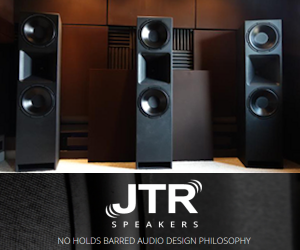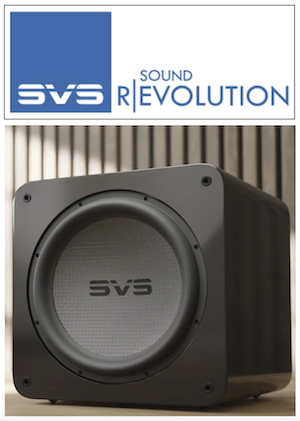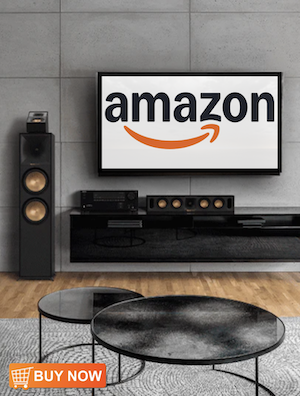Jtrboy
New Member
Thread Starter
- Joined
- May 31, 2021
- Posts
- 10
More
- Preamp, Processor or Receiver
- none yet
I have seen numerous tests on subs at 130 dbls and speakers that crank out 2,000 watts or more. I see people posting how they test their subs to show the max performance, but they do so with ear plugs in. Ive even seen a few who have done damage to their theater rooms because of the vibrations of their systems.
Are there tests out there that compare speakers at, lets say 90 db (or at a level that you can comfortably watch a two hour movie)? At this level, is a JTR Noesis really that much better than a Klipsch or SVS Prime tower? At a moderate sound level, will a Klipsch RP8000F sound as good as JTR Noesis?
Are there tests out there that compare speakers at, lets say 90 db (or at a level that you can comfortably watch a two hour movie)? At this level, is a JTR Noesis really that much better than a Klipsch or SVS Prime tower? At a moderate sound level, will a Klipsch RP8000F sound as good as JTR Noesis?










